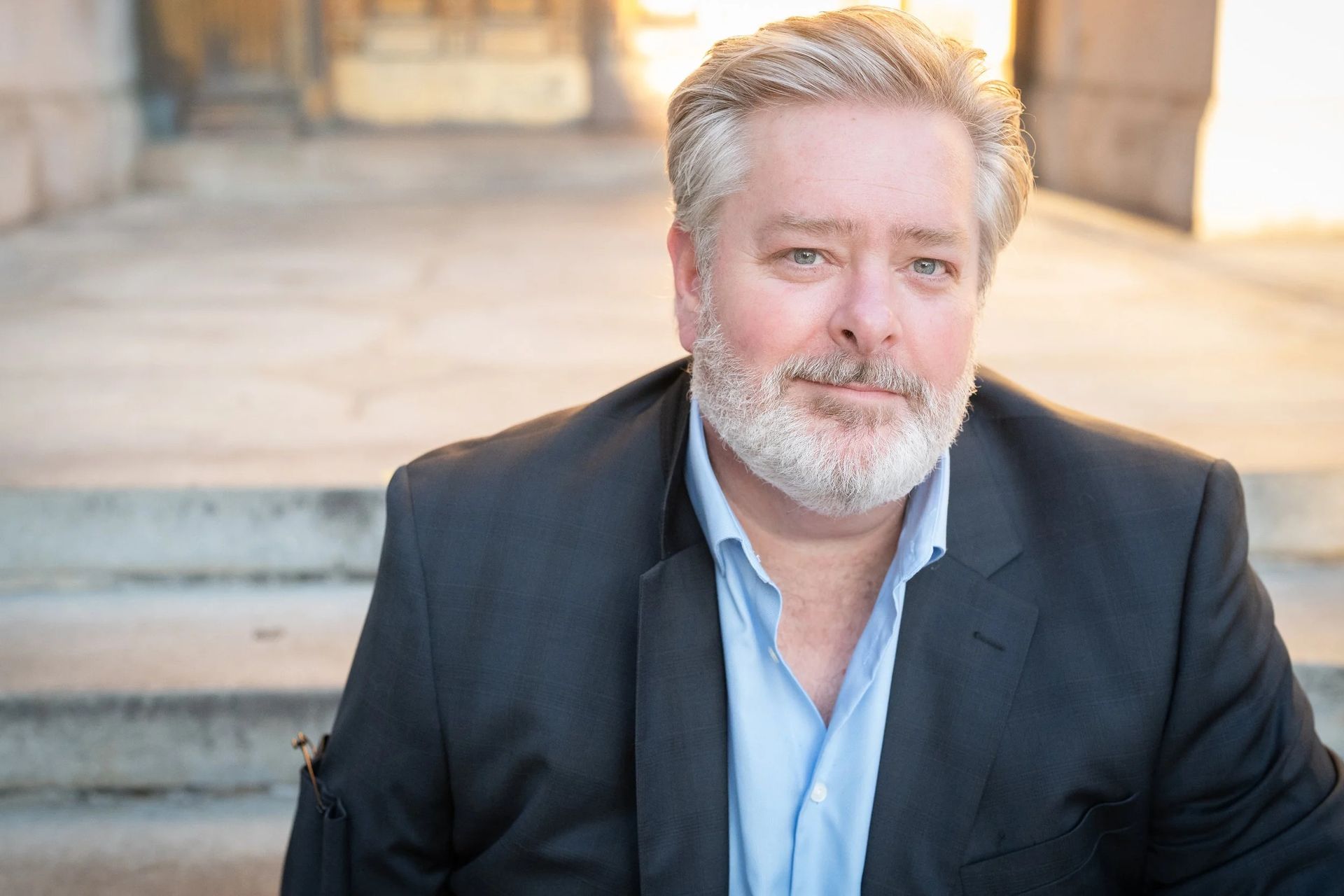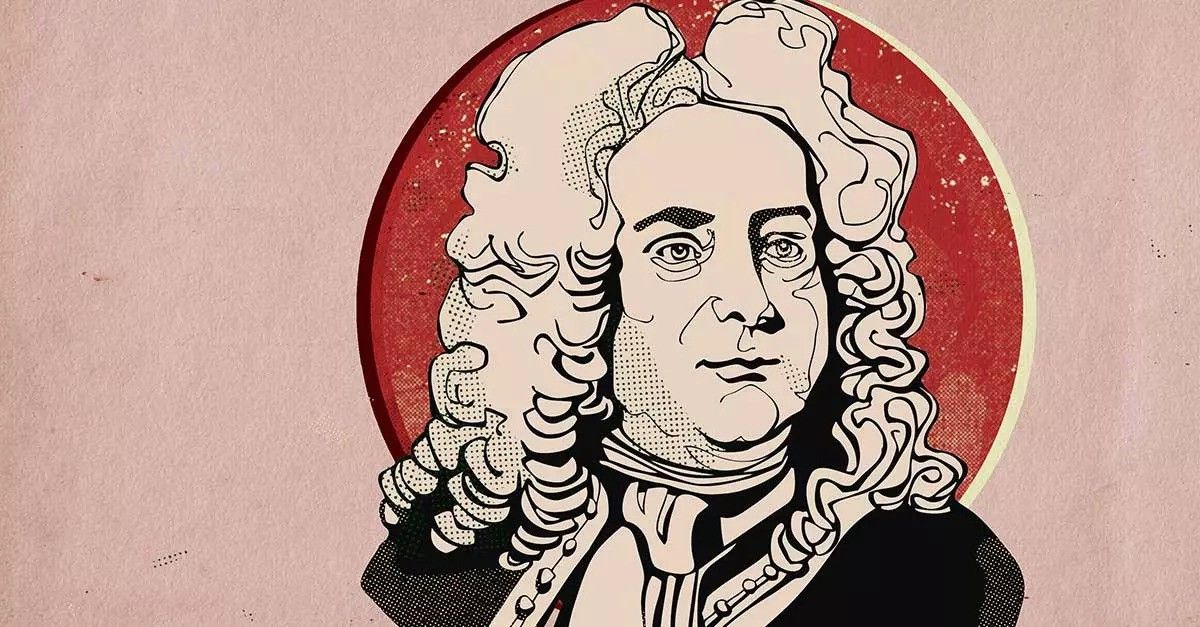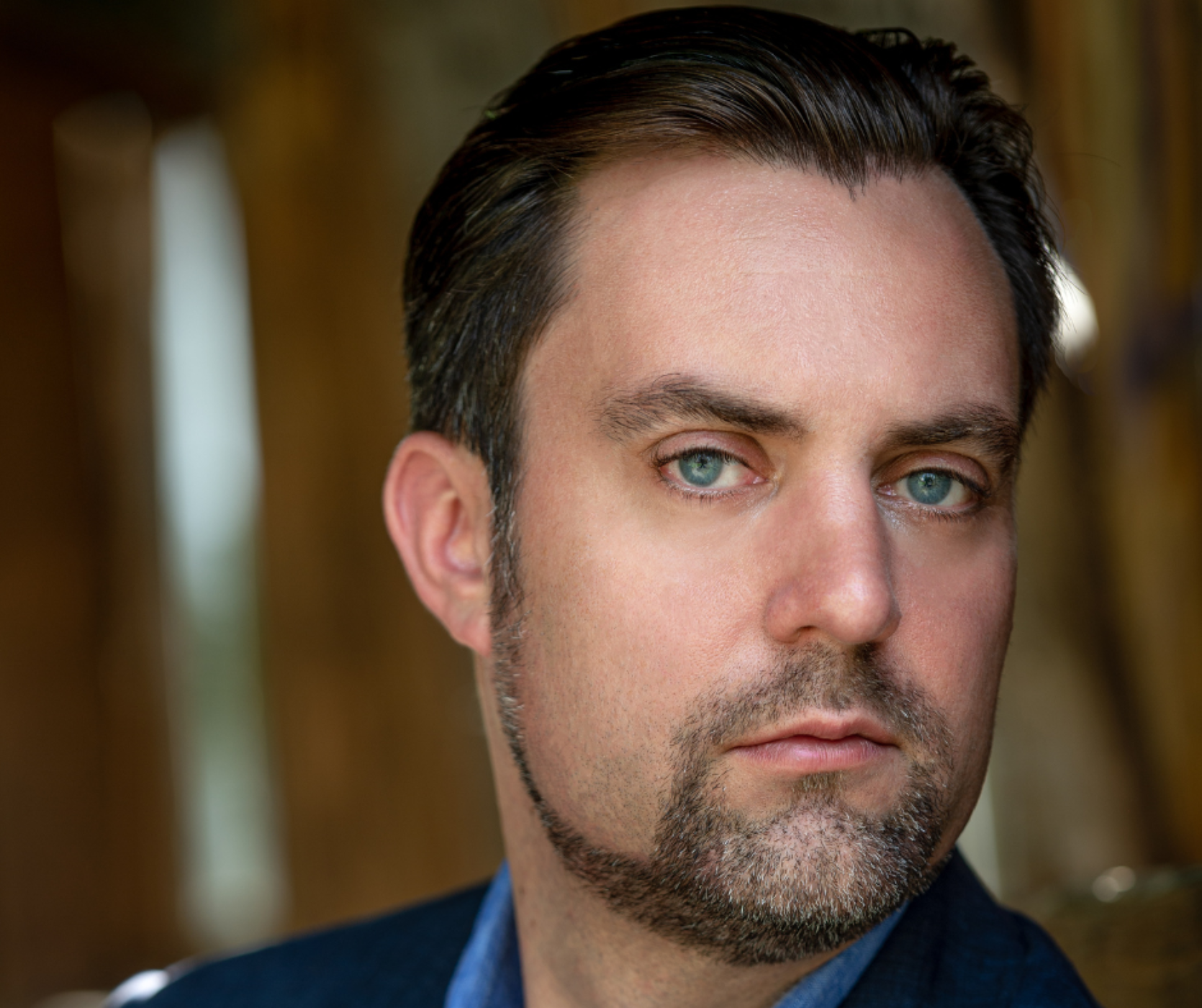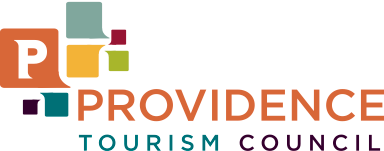THE STORY BEHIND: Beethoven's Piano Concerto No.3
Share
On November 11 & 12, Kensho Watanabe and the Rhode Island Philharmonic Orchestra will present OLGA KERN PLAYS BEETHOVEN with pianist Olga Kern.
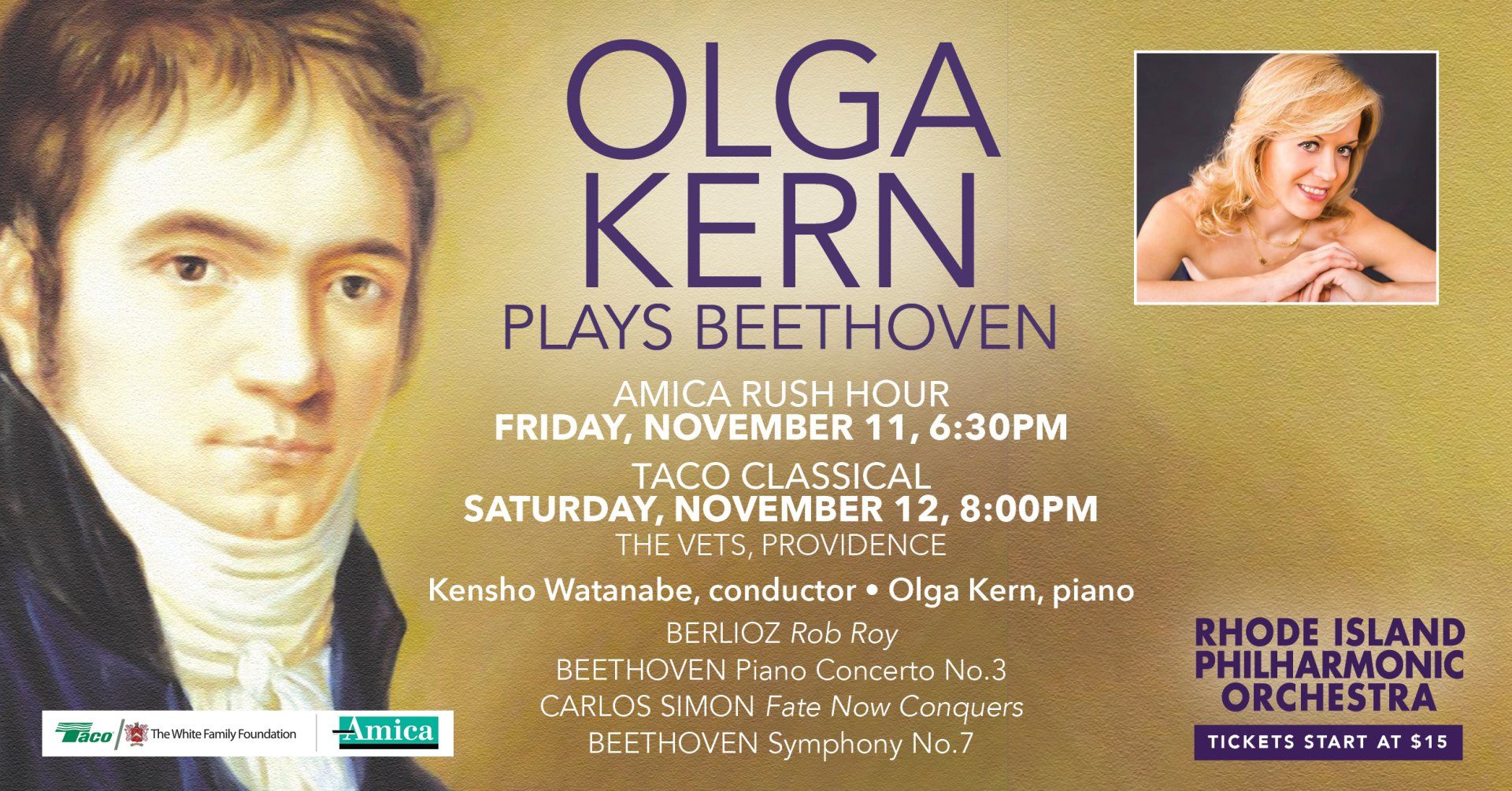
THE STORY BEHIND:
Beethoven's Piano Concerto No.3
Title:
Piano Concerto No.3, op.37, C minor
Composer:
Ludwig van Beethoven (1770-1827)
Last time performed by the Rhode Island Philharmonic:
Last performed September 26, 2009 with Larry Rachleff conducting and soloist Lilya Zilberstein. In addition to a solo piano, this piece is scored for two flutes, two oboes, two clarinets, two bassoons, two horns, two trumpets, timpani and strings.
The Story:
Analyst Donald Tovey has remarked that Beethoven’s Third Piano Concerto “is one of the works in which we most clearly see the style of his first period preparing to develop into that of his second." Ludwig van Beethoven began sketching the concerto as early as 1797 but did most of the work during 1800. However, he did not add the finishing touches until he was preparing for a concert in April 1803 (with himself as soloist), and the piano part was not even completely written out for that performance! The composer improvised a cadenza that evening but wrote one out later.
Certain aspects of this concerto, especially the first movement, hark back to earlier music. Strong comparisons have been drawn between Beethoven’s first movement and that of Mozart’s C Minor Piano Concerto, K. 491. Beethoven’s form is nearly identical to Mozart’s, and the first theme of each work bears more than a coincidental resemblance. However, Beethoven’s mood is more of an extension of his own stormy
Pathétique Sonata. Predictably, Beethoven uses his themes in a novel way, and following the piano’s solo near the end, the instrument is integrated into the conclusion, adding a particularly Beethovenian power to the movement’s ending.
The Largo, on the other hand, is forward-looking. Even its first chord comes as a shock, as we sense that Beethoven has jumped to a remote key. However, this lovely, contemplative movement has a Romantic flavor. The central section even anticipates the Romantic practice of having the solo instrument accompany instruments of the orchestra, here the flute and bassoon.
To soften the shock of moving back to the original key, Beethoven engineers the first three notes of the finale so they are common to both keys. The most striking feature of this lively, tight-knit music comes well into the movement. Here, the main theme moves into a brief statement that is a fleeting, sunlit recollection of the slow movement. Soon, Beethoven changes keys again for the
Presto final section, which calls for some pyrotechnics in the piano and a tumbling finish in the orchestra.
Program Notes by Dr. Michael Fink © 2022 ALL RIGHTS RESERVED
Tickets start at $15! Click HERE or call 401-248-7000 to purchase today!

